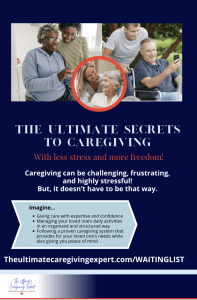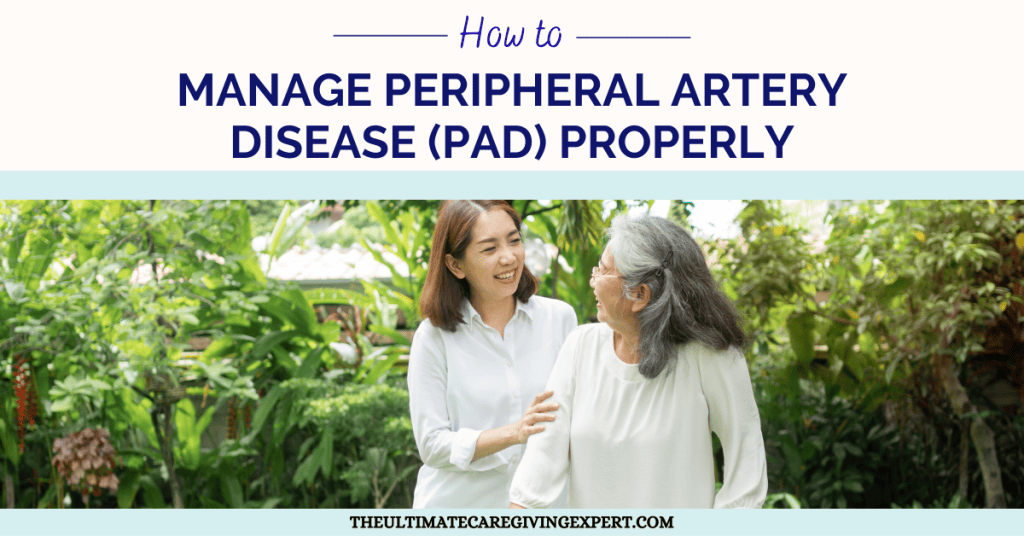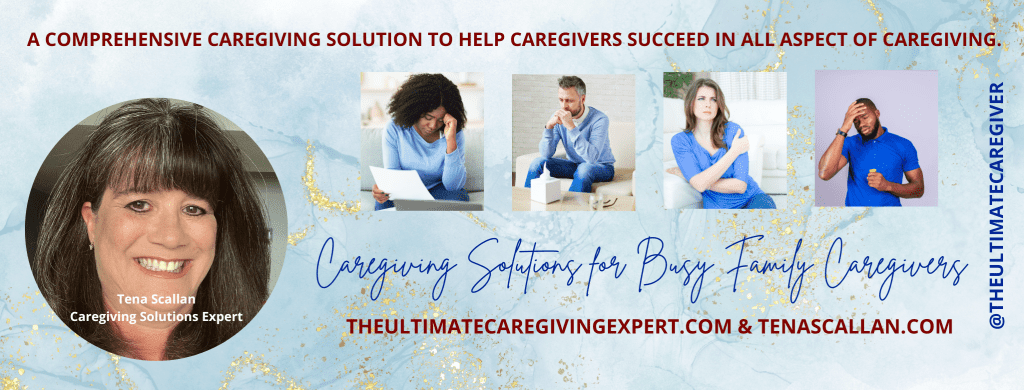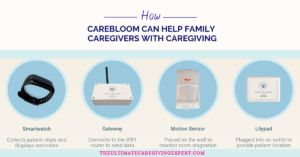Peripheral arteries and the elderly
The disease of the peripheral arteries is sometimes known as P.A.D. for short. This is a condition that recurs throughout time. Walking causes pain and weakness in the lower extremities, a characteristic of this condition.
Atherosclerosis, which results in inappropriate or abnormal blood flow to the limbs because of the constriction of the arteries, is a primary cause of this condition, and it nearly always happens. It is a widespread issue among the senior population, which necessitates appropriate treatment. However, as the caregiver, you may experience stress due to dealing with this situation daily and being careful not to aggravate the disease any further.
Recognizing the symptoms of peripheral artery disease in older people
Your loved one likely suffers from peripheral artery disease, which is very prevalent. It is primarily brought on by inadequate blood circulation to the lower extremities. People sometimes confuse the symptoms of P.A.D. with the usual discomfort and weakness in the legs that come with advancing age. Because of this, if it is not treated, it can develop into a severe case of gangrene, leading to limb amputation.
Your family member who suffers from peripheral artery disease must exercise extreme caution regarding their feet. Being a patient with P.A.D. puts you at an increased risk of foot ulcers and sores, which are incredibly challenging to treat. Inadequate delivery of blood to the lower extremities also results in insufficient oxygen delivery to impacted areas. This makes it very difficult for the wound to heal.
Factors Associated with P.A.D.
In addition to atherosclerosis, several other risk factors contribute to the development of P.A.D. Your loved one is at a higher risk of developing P.A.D. If they have any of the following:
-
Smoking has been a part of my life for a long time.
-
Diabetes, high blood pressure, excessive cholesterol levels, and obesity are examples of chronic degenerative disorders.
-
A family history of heart disease
-
C – reactive protein levels are incredibly high.
Overseeing this can be stressful because you can’t be in two places simultaneously: running your business and caring for a loved one. Consider hiring some assistance. This will allow you to rest while ensuring your loved one is properly cared for. Or perhaps you want to spend more time with your loved one while devoting less time to mundane business chores such as sending emails, returning phone calls, or managing files. Let’s discuss how I can help you care for your business and your family.
The cause of P.A.D. is unknown.
However, not everyone with P.A.D. will exhibit symptoms. And just half of older people with P.A.D. will show signs.
Intermittent claudication is caused by peripheral artery disease. Pain and weakness develop when your loved one walks and lessens when they sleep. Claudication symptoms include soreness and
cramping in the legs. It is triggered by long periods of walking or prolonged physical exertion.
As a caregiver, it is critical to learn and recognize the many signs and symptoms of Parkinson’s disease. Proper knowledge will allow you to take your elderly relatives to the doctor at the appropriate moment. As well as avoiding problems.
-
The thigh and calf muscles pain the most. There is also soreness following activities such as climbing stairs or walking.
-
Numbness in the legs, as well as weakness.
-
The color of the legs alternates.
-
The temperature of the legs has changed; the bottom part is colder than the other sections.
-
Toenail development is sluggish.
-
Toenails become brittle and readily break.
-
Leg pulse rate is slower.
-
The skin on the legs gets glossy and seems thinner.
-
Foot and toe wounds and sores do not heal.
-
Sexual dysfunction
-
Hair development on the legs is sluggish, or there is hair loss.
All the symptoms listed above indicate that your loved one suffers from peripheral artery disease. However, if you fail to recognize these symptoms, dismiss them as a normal aging condition. Then you merely increase your loved one’s chances of acquiring severe issues. First, the disease advances to a more advanced state due to a lack of treatment. The leg ache would then occur even when your loved one was sleeping. Finally, the pain may gradually worsen to the point that it interrupts your loved one’s sleep.
Tips for caring for loved ones suffering from peripheral artery disease
Living with P.A.D. can be challenging if the disorder is not detected early. Your loved one is experiencing more incredible leg pain, exacerbating the situation. You can, however, take the following things to alleviate the pain and make your loved one more comfortable.
Exercise is regarded as the cornerstone of P.A.D. treatment. It has also increased peripheral circulation, cardiovascular function, walking ability, and functional capacity. As a result, this is one of the most effective strategies to relieve pain and battle the symptoms of Parkinson’s disease.
A modification in the diet appears to be necessary for elderly persons with P.A.D. This is why the elderly with P.A.D. have high cholesterol levels due to hypertension. As a result, it becomes vital to limit saturated fat intake and determine salt intake.
Medications are commonly used to treat elevated cholesterol levels. Statins are the most effective, and anti-hypertensive drugs are also used to keep blood pressure under control. Doctors also recommend ramipril or cilostazol to boost walking capacity and make the experience pain-free.
Long smoking history is considered one of the most dangerous risk factors for developing P.A.D. As a result,
caregivers must encourage their elderly loved ones to quit smoking. When your seniors stop smoking, the disease will be slowed, and the symptoms will improve.
Foot care for the aging
The effects of P.A.D. on your loved one’s feet are severe. The skin on your loved one’s foot thins and shines. Furthermore,
-
inadequate blood flow and a lack of oxygen supply
-
Possibility of getting sores
-
Wounds swell significantly.
As a result, wound healing becomes highly challenging. As a result, your loved one must be particularly cautious regarding their foot health. Here are some pointers to help you care for the feet of older people.
Suggestions and tips
Assist your loved one in frequently washing their feet with warm water and soap. Proper cleanliness will help reduce the number of microorganisms on your feet.
This will make your feet feel better and prevent dryness and cracking.
-
Wear socks and shoes that fit correctly.
Make sure your loved ones have the proper socks and shoes. Poor-fitting shoes might be a minor issue for your loved one. Instead, choose ones that fit well and are pleasant to walk in.
It is advisable to be cautious of acquiring wounds and sores. Treat them as soon as possible and seek medical attention.
-
Be cautious when getting pedicures.
You should also exercise extreme caution when trimming the toes of your loved ones. Improper toenail trimming can lead to complications and bacterial infections.
-
Never walk around barefoot.
Your loved one should not be allowed to walk around without shoes on. This provides no defense against the dangers found in the home or against foot infections.
If you see that the person you care about is experiencing foot difficulties. It is highly recommended that you get medical care to recover fully. Several of these issues include the following:
Caregiving can be challenging, frustrating, and highly stressful!
But it doesn’t have to be that way.
I will tailor the sessions to your specific needs to:
Additional Education
Education in caregiving refers to acquiring the knowledge, skills, and understanding necessary to provide care for individuals who require assistance with activities of daily living, such as bathing, dressing, eating, and grooming.
This education can be obtained through formal programs or on-the-job training and experience.
Education in caregiving aims to equip individuals with the skills and knowledge necessary to provide high-quality, compassionate care for those in need.
Caregiving can be challenging, frustrating, and highly stressful!
But . . . it doesn’t have to be that way.
Imagine . . .
- Giving care with expertise and confidence
- Managing your loved one’s daily activities in an organized and structured way
- You follow a proven caregiving system that provides for your loved one’s needs while giving you peace of mind.
If the above sounds like what you need and have been searching for desperately . . . Then you need to enroll in The Ultimate Secrets to Caregiving with LESS Stress and MORE peace course!

Conclusion:
All the tips above will make life much easier for your loved ones. As we age, our legs and feet tire and lose the elasticity and collagen that support our feet. Your feet can indicate significant problems, so listen to them and properly care for them. Attending to your loved one with P.A.D. can be challenging, but it’s not impossible. With the appropriate knowledge, you can do this. Remember to care for yourself and keep your business going while caregiving. I’m here to assist you on this journey; schedule your planning session with me so we can look at how to keep your life and your business running smoothly.
Also, check out this post on foot care.






